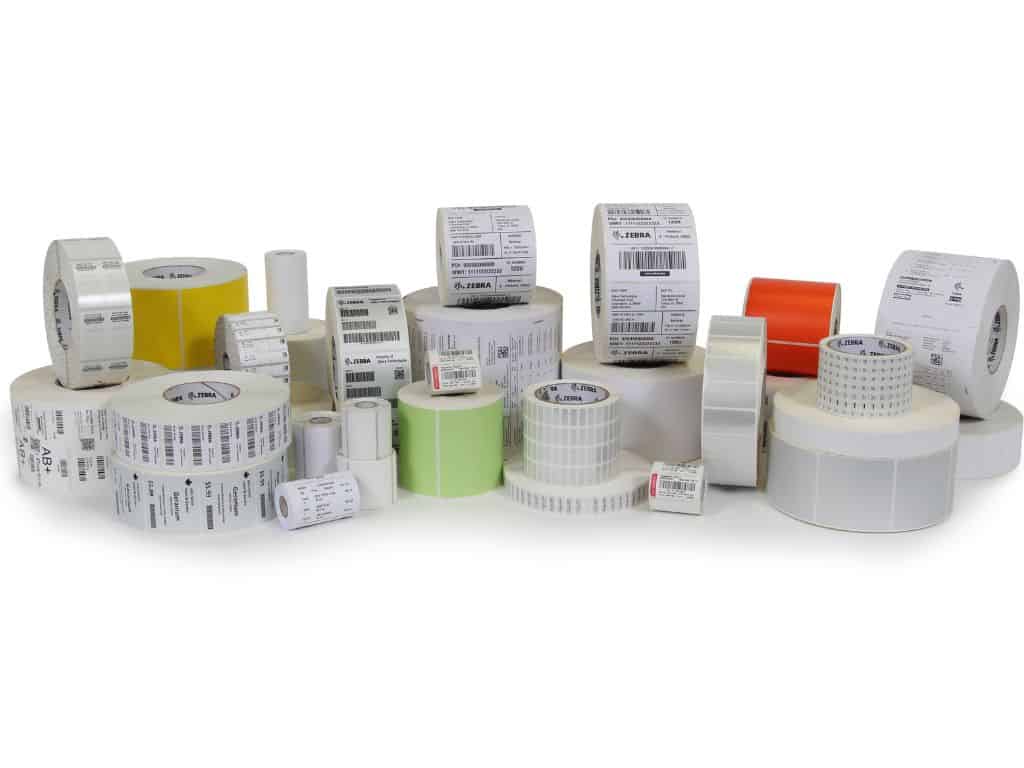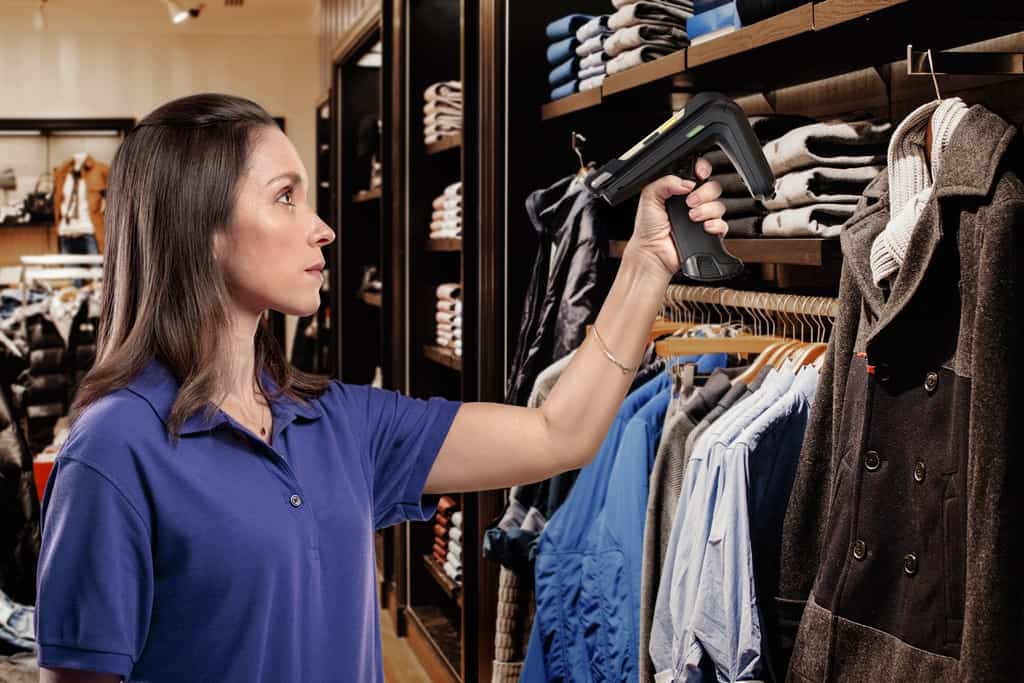If your business is ready to jump into the world of RFID, you probably have a lot of questions — one of the most prevalent being “Is there an RFID tag that will work on my products?”
For RFID experts, the answer to this question — even without any context or detail about your products — will be, “Yes, probably.”
Ambiguous? Yes. That being said, the RFID tag industry has expanded so that there are literally thousands of tag types on the market today. There are now tags designed specifically for metal, liquid, paint, and almost any other material you can imagine. Tag sensitivity and read range have increased, and the selection of memory capacities and configurations provides a wide range of choices to help your solution provider select the best possible RFID tag for your needs.
Basically, the continued growth in RFID adoption for asset management, inventory control, work-in-process tracking, manufacturing, process control, and supply chain operations has led to a seemingly unlimited number of RFID inlay, label, and tag options. But in spite of the variety of options available today, tagging items remains one of the most significant challenges to implement a successful RFID system.
Even though there is probably a tag that will meet all your business requirements, each possible option will need to be tested in the end-user environment. No proper RFID implementation is complete unless the tags have been tested in the way that they will be used.
While manufacturers’ published specifications and lab testing are good starting places to narrow down tag options and get an idea of a tag’s read performance on specific items, there is no guarantee that a tag that performs perfectly in the lab will behave the same way in your facility or in the actual application environment. Hence, there is no substitute for field testing in the actual environment(s) where a tag will live and travel.
For example, tracking IT assets like laptops is a popular business application for RFID. Even though it may seem like there would be a standard location on laptops where tag placement would be optimal, it really depends on a variety of factors.
First, what make and model of laptop are we talking about? Each laptop model is a little different, as is the case with pretty much any other asset, because IT assets come in many configurations. Even similar models from the same manufacturer will have different physical characteristics. The location of power switches, air vents, connectors, ports, controls, and indicators varies by manufacturer and model. The materials that these assets are made with also vary; one server model may be made of plastic, which is very RF-friendly — but another model may be constructed with metal, which is not as RF-friendly.
To make sure that you are using the correct tag and placing it in the best location on the specific asset, you should consult your solution provider. They should also test the tags in the end-user environment to ensure that they are implementing the best possible RFID solution for your needs.
If you are ready to begin a solution implementation, fill out the five questions on our RFID tag selection cheat sheet. This will help you define and understand your requirements.
Whether you need a tag that can be read in a hot manufacturing environment or a freezing outdoor one under six feet of snow, describing how your tag R.E.A.D.S. — Read Range, Environment, Application, Data, and Size — will provide the initial information necessary to begin choosing and testing the ideal tag for your application.









